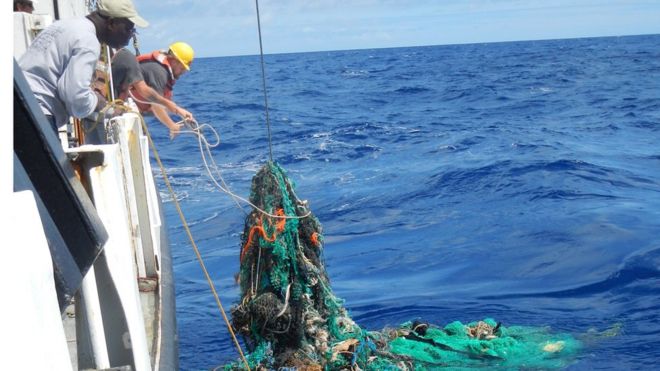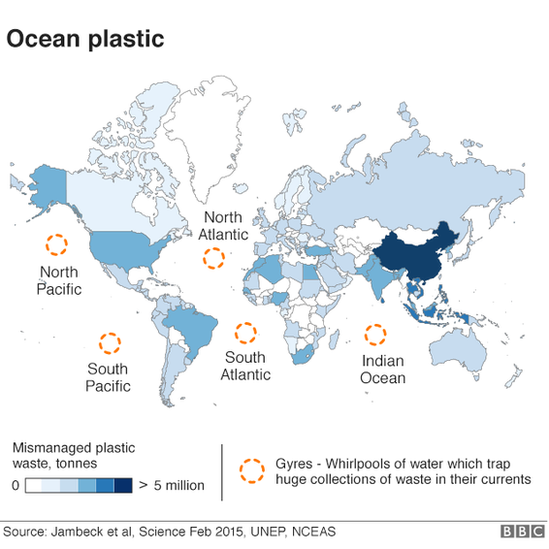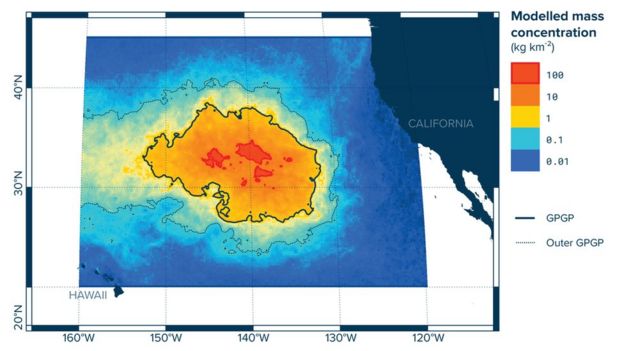I was glad and satisfied learning just an hour ago, that Germany's antitrust watchdog restricts Facebook's data collection via other sites.
Facebook faces restrictions in Germany on its collection of data from other sites that it owns like WhatsApp. The social media giant intends to appeal, claiming the watchdog underestimated the competition it faced. Sure, I didn't expect another reaction. But, is the social media giant abusing its market?
Fact is: the company will only be able to use data from various non-Facebook programs and apps that it owns, such as WhatsApp and Instagram, with explicit user consent. Currently, Facebook bundles together much of the information it gleans from users across its various platforms.
Allow me quoting Mr. Andreas Mundt, president of the antitrust watchdog in Germany, who said yesterday (Thursday, February 8, 2019), "In future, Facebook will no longer be allowed to force its users to agree to the practically unrestricted collection and assigning of non-Facebook data to their Facebook accounts".
Of course, the ruling, which came after a one-year investigation, does not yet have legal force and Facebook has a month to appeal the ruling, which it says it intends to do.
"The Federal Cartel Office underestimates the fierce competition we face in Germany, misinterprets our compliance with the GDPR, and threatens the mechanism European law provides for ensuring consistent data protection standards across the EU," Facebook said.
Well, while living in the Philippines, I am with Facebook since ten years now. Several friends of mine deleted already their Facebook accounts because they worried that the tech giants are getting more and more out of control. But, aren't all of us already sitting in a glass house?
And here the thing: WhatsApp and Instagram can still collect data from their respective users; however, pooling this information with a user's Facebook data will only be allowed if that user provides their consent. Operating with double standard?
Facebook can only collect data from third-party websites, such as interfaces that have a "like" or "share" button, with the user's permission. If consent is not given, Facebook can only collect the data to a very limited extent.
The cartel office said that the extent to which Facebook collects data without the consent of a user is "abusive."
It said Facebook could face fines of up to 10 percent of its annual global revenue, which grew by 37 percent to $55.8 billion (€49.2 billion) in 2018, if it fails to comply. Wow.
The antitrust watchdog said Facebook dominates the German market for social networks with 23 million daily and 32 million monthly users, a market share of 95 percent. It pointed out that one of its competitors, Google+, plans to discontinue its social network by April 2019. How about the Philippine market?
However, in its calculations, the cartel office did not consider Snapchat, YouTube, Twitter, LinkedIn, or Xing as competitors to Facebook. It said those services "offer only a selection of social networking services." It claimed that even if they were included, Facebook, with Instagram and WhatsApp, would still dominate the market.
Anyway, you can still email at doringklaus@gmail.com or follow me in Facebook, Twitter or Linkedin or visit my www.germanexpatinthephilippines.blogspot.com or www.klausdoringsclassicalmusic.blogspot.com.




















